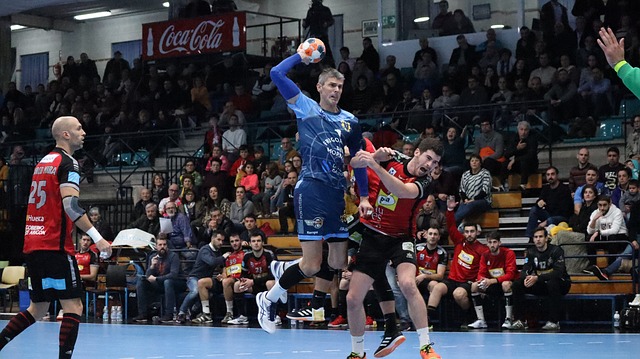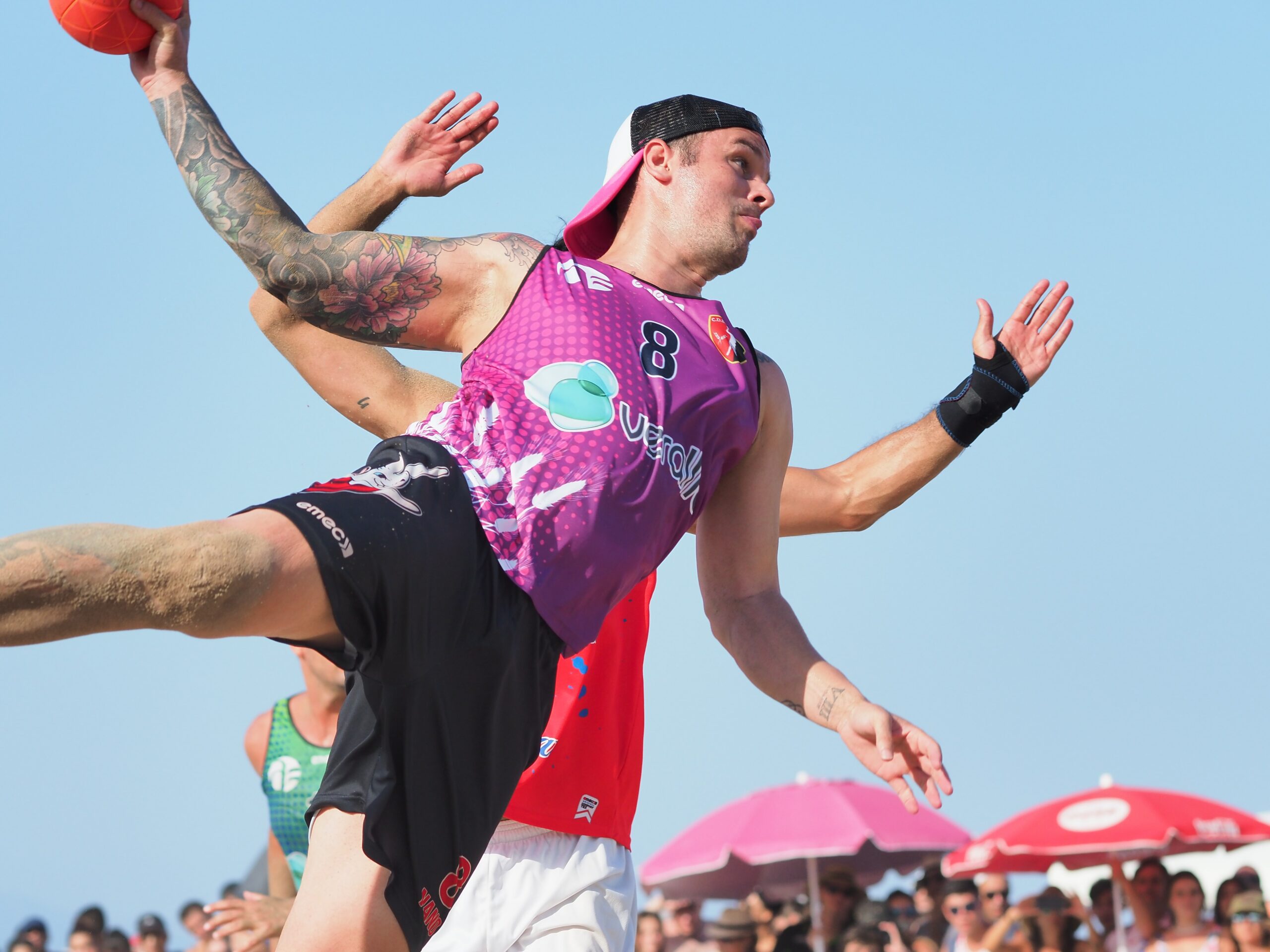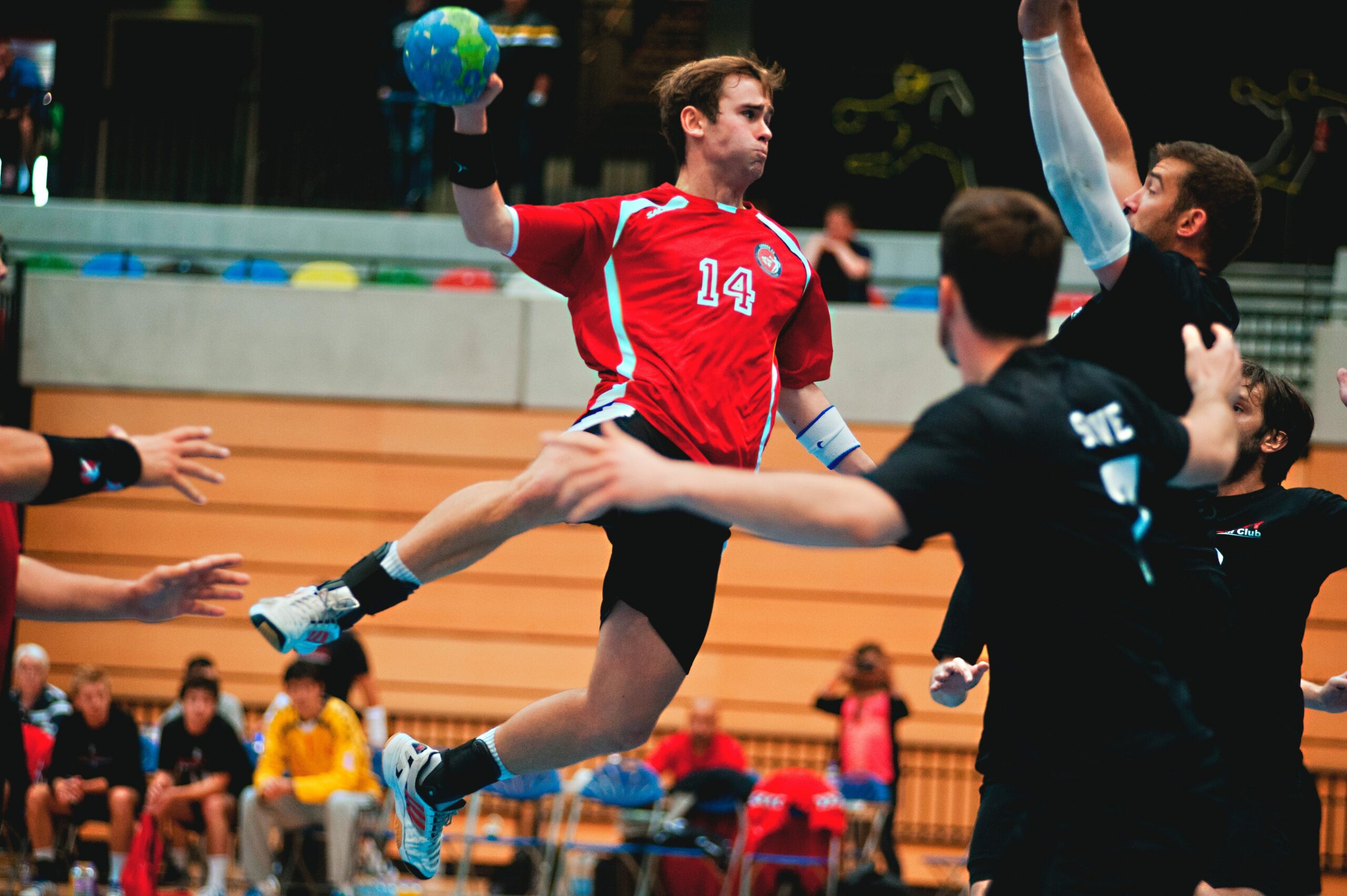Handball is an exhilarating and fast-paced sport that requires precision, agility, and power. As players strive to improve their performance on the court, various factors come into play, including the weight of the ball used in the game.
The impact of ball weight on handball performance is a topic of great interest, as it can influence aspects such as accuracy, shot power, endurance, and even injury risk. In this article, we will delve into the role of ball weight in handball and explore its effects on player performance, providing valuable insights to both athletes and enthusiasts alike.
Is there an optimal ball weight for different positions in handball?
Different positions in handball demand varying skills and playstyles. For example, goalkeepers require quick reflexes, while shooters focus on power and accuracy.
While there is no one-size-fits-all answer, players in different positions may benefit from specific ball weights. Goalkeepers often prefer a lighter ball (around 400-450 grams) for increased agility, while shooters might opt for a slightly heavier ball (500-550 grams) to generate more power in their shots.
Can adjusting ball weight improve shot power in handball?
Shot power is essential, particularly for shooters who aim to propel the ball past the opposition’s defense. The weight of the ball can impact shot power by influencing the force generated during the release.
Using a heavier ball (550-600 grams) can enhance shot power, enabling players to generate greater momentum and velocity when striking the ball toward the goal.
What are the advantages of using a heavier ball in handball training?

Training with a heavier ball can offer several advantages to handball players. Firstly, it can help build muscle strength and endurance, as the additional weight challenges the player’s physical capabilities.
Secondly, practicing with a heavier ball can improve overall shot power and increase the player’s ability to generate force. Lastly, using a heavier ball during training sessions can make the transition to a standard-weight ball feel easier, enhancing player performance during matches.
Does ball weight influence player endurance and stamina in handball?
Endurance and stamina are crucial in a fast-paced sport like handball. While ball weight may not have a direct impact on these factors, training with a slightly heavier ball can increase the player’s muscular endurance over time.
The additional resistance provided by the weight prompts the body to adapt, resulting in improved stamina and the ability to maintain high-intensity performance throughout the game.
How does ball weight affect a handball player’s accuracy?
The weight of the ball in handball can significantly impact a player’s accuracy when it comes to shooting and passing. The right ball weight can enhance a player’s control and stability during release, leading to improved accuracy.
With increased control over the trajectory and direction of the ball, handball players can consistently hit their targets and execute accurate passes, contributing to overall team performance. Understanding the influence of ball weight on accuracy can help players choose the optimal ball weight for their individual playing style and position, ultimately improving their performance on the court.
| Ball Weight (in grams) | Effect on Shot Accuracy | Effect on Shot Power |
|---|---|---|
| 400-450 | Improves precision | Increases power |
| 450-500 | No significant impact | No significant impact |
| 500-550 | A slight decrease in accuracy | No significant impact |
| 550-600 | Decreases accuracy | Enhances power |
| 600+ | Significantly decreases accuracy | Greatly enhances power |
How does ball weight affect ball handling and dribbling skills?
Ball handling and dribbling skills are essential for maintaining control and maneuvering through the opposition’s defense. The weight of the ball can affect a player’s ability to handle and control it effectively.
Training with a slightly heavier ball can enhance ball handling skills by improving grip strength and control, making it easier to maneuver and dribble the ball with precision.
Is there a correlation between ball weight and injury risk in handball?
Injury prevention is a crucial aspect of any sport, and handball is no exception. While the weight of the ball alone may not directly cause injuries, using an excessively heavy ball can increase the risk of strain or overuse injuries, especially if players are not properly conditioned.
It is important for athletes to find a ball weight that strikes a balance between performance benefits and minimizing the risk of injuries.
Does ball weight impact the speed of handball passes?
Passing plays a significant role in handball, enabling effective teamwork and fluid gameplay. The weight of the ball can influence the speed of passes, as a heavier ball requires more force to propel it quickly. However, individual player technique and skill play a more prominent role in passing speed compared to ball weight alone.
Can a lighter ball enhance agility and quickness in handball?
Agility and quickness are highly valued attributes in handball, allowing players to swiftly change direction, evade defenders, and react swiftly. Training with a lighter ball (around 400-450 grams) can enhance agility and quickness by promoting faster movements and reflexes.
The reduced weight allows players to maneuver more swiftly on the court, enhancing their overall performance.
What are the psychological effects of ball weight on handball players?

The psychological aspect of handball should not be overlooked, as player confidence and mindset can significantly impact performance. The weight of the ball can have both positive and negative psychological effects. Using a ball weight that players feel comfortable with can boost confidence and provide a sense of familiarity, contributing to improved performance on the court.
Does ball weight affect a handball player’s reaction time?
Handball demands quick reactions to seize opportunities and respond to dynamic gameplay. While ball weight alone may not directly affect reaction time, using a ball that players are familiar with and comfortable handling can result in quicker reaction times.
Familiarity with the weight and feel of the ball enables players to anticipate movements and react swiftly during gameplay.
How does ball weight impact the trajectory of handball shots?
Ball weight can influence the trajectory of handball shots due to its effect on the force applied during release. Heavier balls tend to have a flatter trajectory, resulting in a more direct and powerful shot.
Lighter balls, on the other hand, may have a slightly higher trajectory, allowing for greater finesse and control. The impact of ball weight on shot trajectory may vary depending on individual player technique and style.
Is there a recommended ball weight for youth handball players?
Youth handball players have different physical capabilities and developmental needs compared to adult players. When it comes to ball weight, it is essential to consider age-appropriate options.
For younger players, using a lighter ball (around 350-400 grams) can promote better control, and skill development, and reduce the risk of injury. As players grow older and develop their skills, gradually transitioning to standard ball weights is recommended.
Can adjusting ball weight improve overall muscle strength in handball?

Handball is a physically demanding sport that requires strength and power. Training with a slightly heavier ball can contribute to overall muscle strength development. The additional resistance provided by the weight prompts the body to adapt and become stronger over time.
However, it is important to incorporate a well-rounded strength and conditioning program in conjunction with ball weight training to maximize muscle strength gains.
What are the long-term effects of using a heavier ball in handball training?
Training with a heavier ball in handball can have significant long-term effects on player development and performance. Here are some of the key long-term benefits that can be derived from incorporating a heavier ball into training sessions:
-
Increased Shot Power: Regularly practicing with a heavier ball helps to build and strengthen the muscles involved in generating power for shots. Over time, this can result in improved shot velocity and the ability to deliver powerful strikes with greater force.
-
Enhanced Muscle Strength: The resistance provided by a heavier ball during training stimulates muscle growth and strength development. As players continually work against the additional weight, their muscles adapt and become stronger, leading to improved overall physical performance.
-
Improved Endurance: Training with a heavier ball challenges the body’s endurance capacity, as it requires more effort and energy to perform various skills and movements. This increased workload over time can enhance muscular endurance, allowing players to sustain high-intensity performance for longer periods during matches.
-
Enhanced Ball Control: Manipulating a heavier ball during training sessions improves players’ ball-handling skills and control. The additional weight demands greater grip strength, hand-eye coordination, and precision, leading to improved ball control and overall dexterity on the court.
-
Better Adaptability: By regularly training with a heavier ball, players become accustomed to its weight and feel. This familiarity makes it easier to transition to a standard-weight ball during matches, as the muscles and movements involved are already conditioned to work effectively with the additional load.
-
Injury Prevention: Strengthening the muscles and improving overall physical fitness through training with a heavier ball can contribute to injury prevention. A well-conditioned body is more resilient and better equipped to handle the physical demands of handballs, reducing the risk of injuries caused by muscle imbalances or weaknesses.
It’s A Wrap
The weight of the ball in handball plays a significant role in player performance and skill development. Understanding the impact of ball weight is crucial for athletes and enthusiasts alike. By adjusting ball weight, players can improve shot accuracy, power, endurance, and overall skill set.
It is important to find the right balance that suits individual playing positions, age groups, and training objectives. By considering the various effects discussed in this article, players can optimize their performance on the handball court and enjoy a competitive edge.